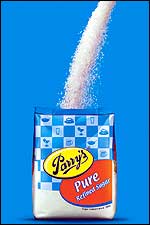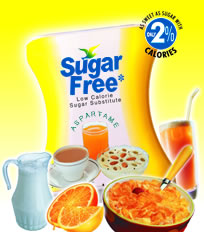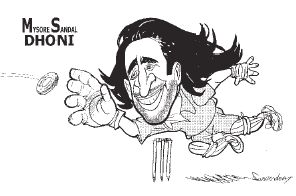Company:Kurlon ltd
Agency: Manipal MarComm
Brand Count:154
Kurl-on is the market leader in the Rs 600 crore Indian mattress market. The brand is a pioneer in branding the highly fragmented market. Founded in 1962, this brand has established itself in the market through its emphasis on quality,distribution and brand building.
Although the brand commanded more than 85% of the market during the eighties,at some point of time the brand lost its share to the price competitors. But the brand maintained its leadership position in the market.The company realised that the lowering of the profitability of the product is due to the inefficient supply chain management and the company went in to a massive restructuring of its SCM. This restructuring is a case study at IIMB.

Although huge, the mattress market is highly fragmented. The market had evolved from cotton mattresses to coir mattress and to rubberised coir mattresses. Even though world over, spring mattresses command 80% of the market, this type of mattress is not popular in India.
Kurl-On was positioned on the platform of 'Comfort for good sleep'. The product is promoted using the statement " Pure Sleep, Nothing Else" .The product category is such that there is limited scope of differentiation. Most of the players focus on Good Sleep and Back Support for their promotions. Duraflex is a brand that is trying to put emotion into the campaigns by positioning their mattress as one that can kindle romance in you.Reports suggests that the product like mattress are not an impulse product. Bought on special occasions like marriage and on new housewarming , this product often involves lot of information search by the consumer.
The market is also segmented along lifestyle and demographics. With higher income group going for well established brands, the mass market is price sensitive and the unbranded and local brand priced well below the branded players have a major share in this market.Another factor that favours the low price products is that by the first look, a consumer can never understand the quality difference. It will be after a year that the real
 difference comes into open.
difference comes into open.Kurl-on is said to have more than 126 different configurations. The brand has been launching many new varieties of mattress like the Spine-care Ortho mattress that is good for those with backpain. The new launch was followed by some smart print ads by the ad agency mimicking the cover page of the famous weekly in which the ad appeared as a front page ad.
With market getting crowded with regional players and margins squeezed because of price competitors, the brand is extending itself into related categories like bed linen and bath market. The bed and bath market is much larger with an estimated size of Rs 1800 crore. The market is dominated by the likes of Bombay Dyeing.
With the aim of extending the equity of the brand, the positioning has changed into a broader theme of " Making your House a Home ". Although the statement is a oft used cliche, it makes perfect fit for a brand that aims to get into furnishing business.
With the strong brand equity built over the past years and with the strong distribution channel, Kurl-on has all the strength to make it big into the new segments. Again the same problem of unbranded players and fragmented market is going to worry this brand. The growing affluent middle-class which spend lot of money on such lifestyle products offer a good potential for Kurl-On in the new areas that it is trying to venture.
source: agencyfaqs,businessline,kurlon.com,magindia.com







